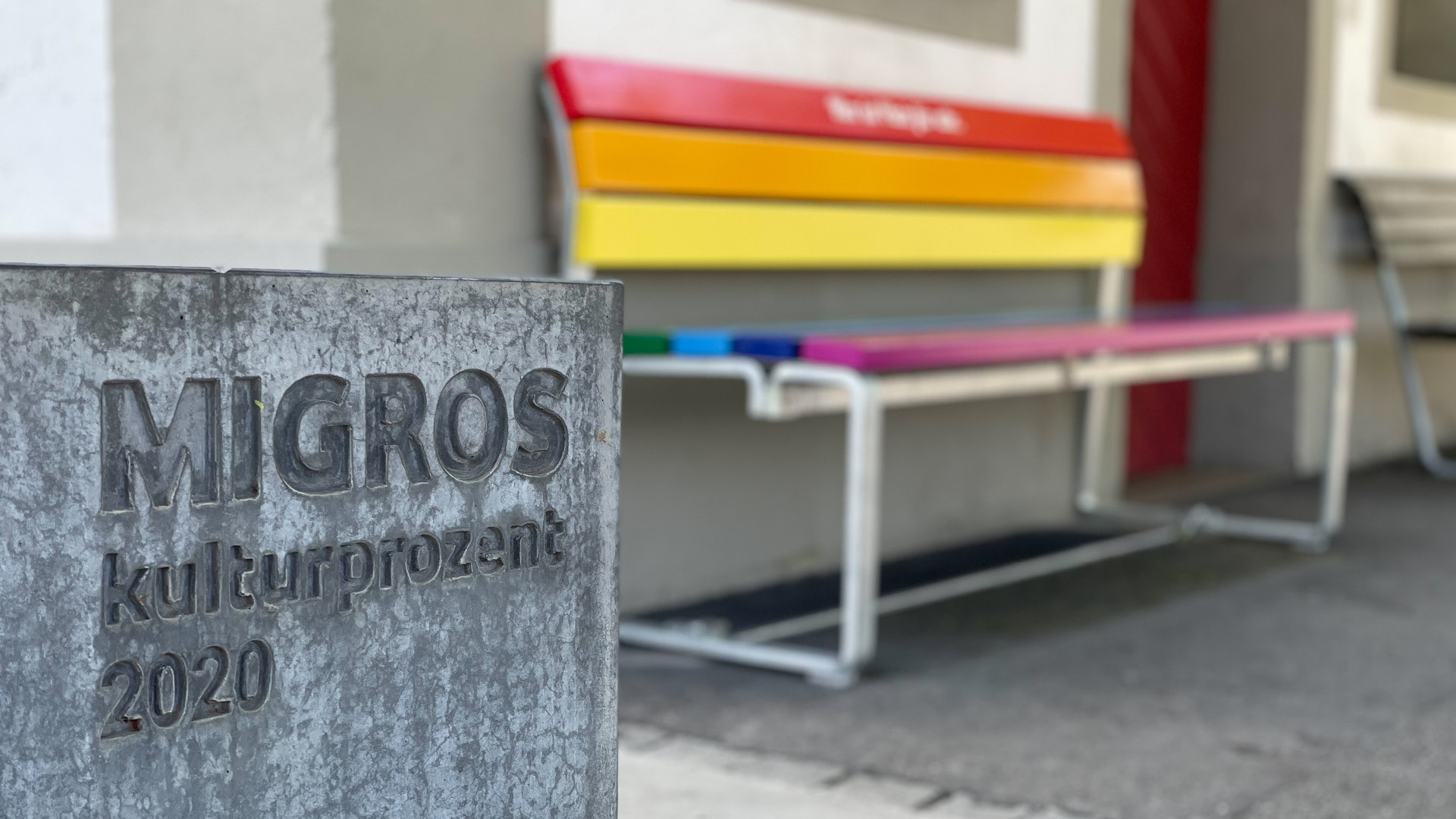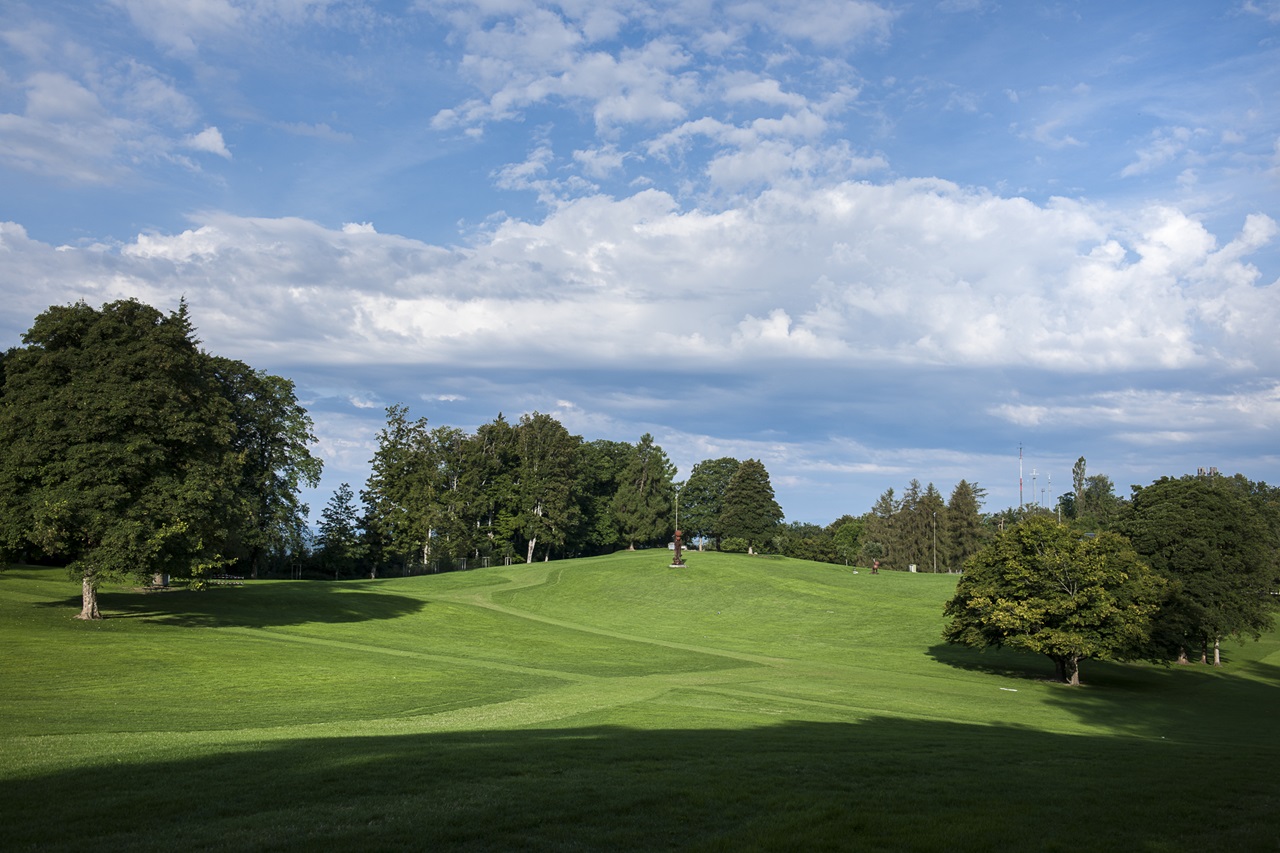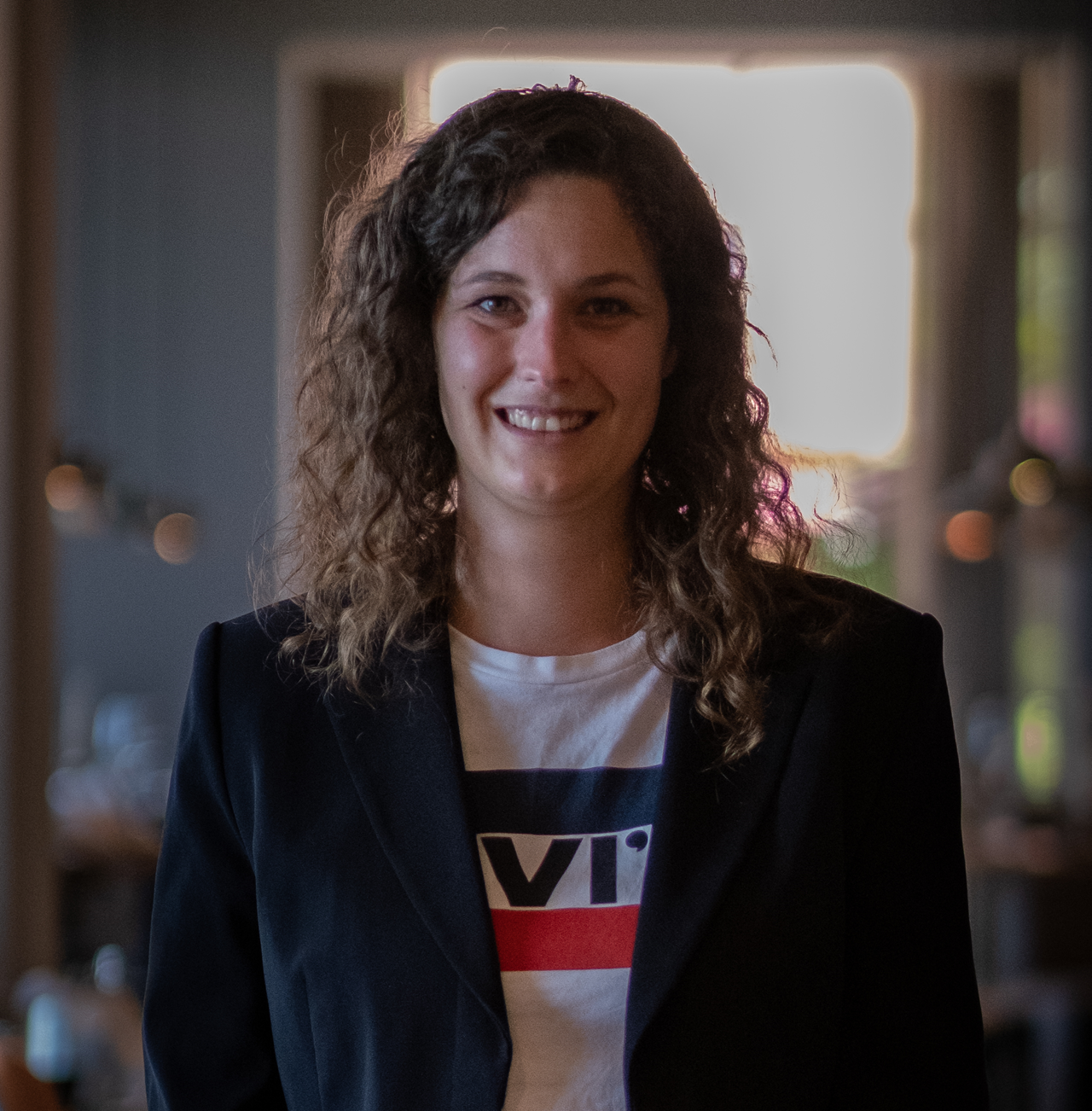The Gurten is alive!
Recertification of the green areas on Bern's local mountain

Recertification of the green areas on Bern's local mountain
Areas designed in harmony with nature are of great importance for indigenous biodiversity. Especially in residential areas, nature must be systematically promoted in order to preserve biodiversity in urban areas. For this reason, Nature & Economy regularly assesses various sites and environmental plans and certifies exemplary solutions.
The Gurten - Park im Grünen is one of the most popular recreational areas around Bern. Every year, around one million guests visit Bern's local mountain. The compatibility between the large number of visitors and the naturality of the green zones of the Gurten repeatedly present our team with challenges, which we gratefully accept and successfully master: Already in 2017, the Güsche was certified by the Foundation Nature & Economy and in 2022 the certification was awarded again without reservations.
The certified green spaces on the Hausberg cover 10 hectares, which is equivalent to around 14 football fields. However, the quality of the green spaces is quite different: While a football field offers no space for creepy-crawlies and wildflowers, numerous insects and a variety of native plants live in the extensive meadows, between the groups of trees, in the small areas and borders and in the Gurtengärtli.
Nature & Economy highlights the cultivation of the extensive meadows as particularly praiseworthy: these cover an area of over 2.5 hectares and are maintained by farmers from the surrounding area. Part of the grassland is grazed by Scottish Highland cattle, which are not only cute to look at, but also cause very little damage to the soil due to their light tread. What cannot be grazed is mowed 1 to 2 times a year - where necessary with a hand scythe.
The forests and meadows of the Gurten offer space for life: sometimes you might unexpectedly meet a somewhat larger animal. The other day I was on my way home and wanted to pick up my scooter in the parking garage to jet home. When I turned the corner to the parking garage, I could hardly believe my eyes: In front of me stood a young deer buck, not 3 meters away from me on the small road in front of the parking garage. We probably looked at each other similarly confused and I shouted at him to go back to the green areas of the Gurten. The deer buck turned around and jumped back to the natural green areas in a few leaps. His little excursion on the asphalted roads of Wabern has hopefully shown him that he has it nicer on the Gurten.
But it is not only the green spaces that provide habitats: the seating areas for visitors above the Tapis Rouge were built using the drywall method and thus provide shelter and a home for small animals such as lizards and insects.
As a highlight in terms of biodiversity, the Gurtengärtli was created in 2016 in collaboration with Bioterra: a near-nature garden with a wildflower meadow, small structures, wild shrub borders and various native vegetables and herbs. Here, interested people of all ages can help with natural gardening and learn new things. If you want to learn more about the biodiversity on the Güsche, you are warmly invited to visit the Gurtengärtli. It is open to the public every day. From the end of March to the end of October, guided garden programs take place on Wednesdays & Sundays from 1.30 - 4.30 pm.


Head Marketing & Sales
Stiftung Natur & Wirtschaft, 10.08.2022, Medienmitteilung: Auszeichnung der Stiftung Gurten Park im Grünen durch die Stiftung Natur & Wirtschaft
The Nature & Economy Foundation promotes nature in urban areas. It awards prizes for exemplary sites and environmental planning in the categories of business, residential, school, private gardens and gravel. A design that is close to nature not only promotes biodiversity, but also ensures a high quality of outdoor space and recreation.